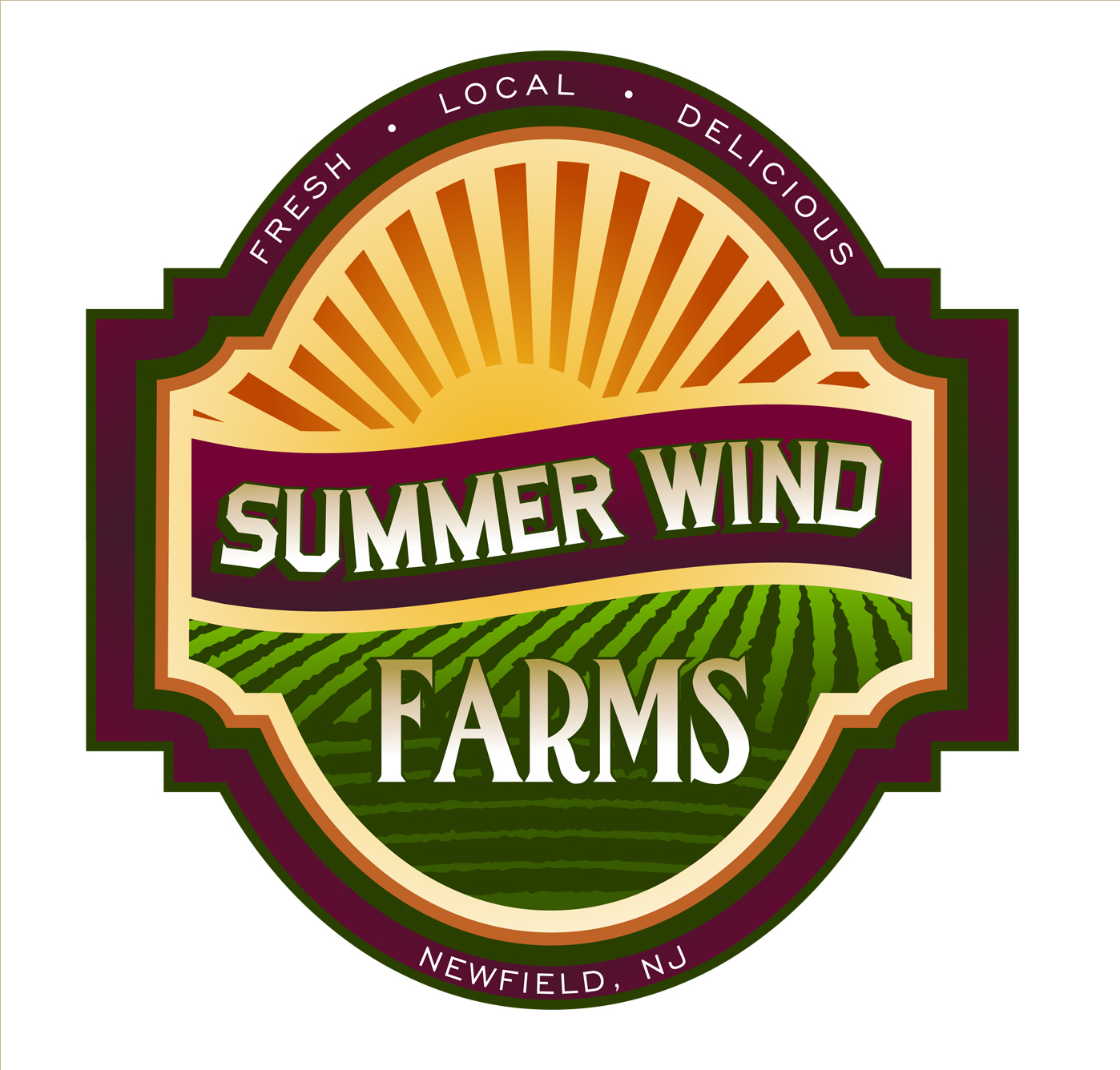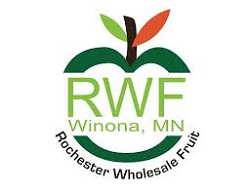While higher grocery prices remain a pain point for consumers, the majority still indicate they are eating more fresh produce than a year ago, The Packer's Fresh Trends 2025 survey finds. Increased consumption is most notable among younger consumers, with 78% of Gen Z and 75% of millennial survey respondents indicating they are eating more fresh produce than a year ago.
Another positive: 59% of consumers surveyed in this year's report said they are open to trying new produce items. When asked what, if any, new produce items shoppers were buying now that they weren't buying two years ago, apples (28%), avocados (27%), bananas (23%), asparagus (21%) and blueberries (19%) made the top five.

But the Fresh Trends 2025 survey — fielded to more than 1,050 female (53%) and male (47%) consumers throughout the U.S., representing five generations and multiple income levels — also shows that consumers are feeling the effects of inflation and grocery prices that are on average 35% higher today than they were just five to six years ago.
What's more, an overwhelming majority, or 9 out of 10 consumers, report they are seeing price increases in produce this year and are taking a variety of steps to manage costs.
Forty-seven percent of consumers surveyed said they are trying to afford price increases by cutting other areas of their budget rather than their grocery bill; 33% are buying cheaper alternatives; and 27% are simply buying less.
Two-thirds of shoppers said they try to buy items on sale, while 1 in 2 consider store brands to control their food budget.

What produce purchases do consumers curtail most frequently due to cost?
Survey respondents indicated they were most likely to cut value-added produce, berries, organics and avocados from their grocery bill.
Additionally, 80% of shoppers indicate they have made a change in how they shop due to rising food costs, with 48% trying to eat at home more and 33% trying to buy less-expensive food.
And while the majority of consumers indicate they prefer to buy healthy, they do so when they can get a good deal — a trend that carries through all household income levels, with more than 50% of consumers with annual household incomes of $25,000 or more citing this caveat.
Similarly, most consumers said they would buy more fresh produce if price were not an issue. And older consumers would be especially interested in purchasing more locally grown produce if it were affordable.

The rise in consumers taking GLP-1 medication may also be a driver of fresh produce sales, as Fresh Trends 2025 found that 84% of consumers taking GLP-1 medication indicate they have increased their produce consumption, with apples, bananas, tomatoes, avocados and grapes topping the list of what they buy.
And while health is the primary reason for eating more produce among all consumers, 87% of GLP-1 users cite health as a reason to eat more fruits and vegetables.
Where they buy
Conventional supermarkets still reign supreme in leading where consumers purchase their produce, but many are trying other channels, with nearly half shopping online; 44% buying from mass merchants like Target and Walmart; 32% picking up produce at specialty stores such as Whole Foods Market and Trader Joe's; and 1 in 4 going to farmers markets, finds Fresh Trends 2025.
Parents are much more likely to shop online with 62% doing so compared to 31% of non-parents, finds Fresh Trends 2025. And the majority of millennials are shopping online, but all other generations said they are still shopping more in person than online.
For consumers who don't shop online, a desire to touch and smell the produce in the supermarket was the top reason for 46% of shoppers.
But regardless of how they shop for produce, the top items going into baskets remain the same, said Jonna Parker, vice president of the fresh foods group for Circana.
“We know from our own e-commerce sales data, as well as meeting with various retailers and folks like Instacart, that the most popular fruits and vegetables in brick-and-mortar are the same most popular fruits and vegetables online,” said Parker. “And there is a direct correlation to how they're merchandised.
“We're not talking enough about digital merchandising and digital influence in produce,” continued Parker, who said thinking shoppers want to make a trip to three different physical stores to buy tomatoes is an outdated concept.
“We've gotten so mired in this trap of, ‘Gosh, doesn't everyone want to go to the local grocer and buy this here and that there?' Which, to be honest, is a very baby boomer, older Gen X way of shopping,” she said.

Driving demand
Fresh Trends 2025 found that while putting items on sale is the leading reason consumers will try new produce, millennials and Gen Z are also likely to try new produce because of what they have seen on social media.
Just how powerful is social media in driving produce trends? Parker points to the fourth quarter of 2023, when Circana noticed grape volumes were growing by double digits.
“Our internal teams came to us and said, ‘What's going on with grapes?' The theory was that it was all the new varieties coming to market,” said Parker. “And while I think new varieties of grapes and new packages brought eyes to the set, after running all the analysis, we found that 80% of the volume growth was just regular green conventional grapes.
“But new people were coming into the category because social media was showing them how they could roll grapes in Jell-O powder and freeze them for a sweet treat,” she continued. “There was so much excitement among young people, and that cascaded into a whole new usage occasion for grapes.”
More than a social media success story, the frozen grapes craze is an example of why the produce industry needs to think differently to drive sales, said Parker.
“We can't do what we've always done and expect demand to increase,” she said. “The biggest thing is for suppliers to recognize that they can't just rely on the retailer to generate demand anymore. Our job on the produce industry supply side — in any part of the supply chain — can't only be about supply.
“We have to help generate demand in other facets of the consumer's life,” she adds.
On the retailer side, Circana found that many retailers who didn't enjoy the same growth in grapes that the national average did weren't aware of the trend — a sign that suppliers need to keep retailers informed on trends, said Parker.
Since frozen grapes' social media splash, some companies have jumped on the trend, launching frozen grapes as a ready-to-eat item.
“That's the cycle I'd love to see broken in produce,” said Parker. “How do we think up front about what consumers want and then bring that to retail?”
Differentiation is key
To remain competitive, differentiation is key for retailers, said Parker, as “the choices in produce are pretty much the same across retail.”
“Retailers need to deliver that because produce is still the most frequently shopped department in the store, and it is why people choose which store or the other,” she said. “But because we're offering a lot of the same categories and varieties, they're choosing where to shop based on price and how clean the department is, not because of the 65 categories within produce.
“I think a lot of the retailers who are crushing it in produce, especially with younger shoppers, are making very choiceful decisions about what they are and are not carrying,” said Parker.
And when it comes to creating new usage occasions for produce, the industry would do well to take a page from the CPG playbook.
“There's always been a chasm between what happens in center store and the produce aisle,” she said. “We don't give people a lot of differentiating attributes in produce compared to CPG.”
Take energy drinks, for example.
“Energy drinks sales have gone through the roof at the same time the price points have risen at retail,” said Parker. “But why they've been able to sustain higher price points with this increased demand is there is now an energy drink for the morning, an energy drink for the afternoon and an energy drink for the evening — and there are different brands for each time.
“Imagine if that's how we thought about produce? Imagine if we sold an apple that wasn't just about taste, it was about the packaging, the location, the country of origin, whether it's organic or not, whether it's sustainably grown or not — all those attributes factor into apples, yet we don't talk about them as much as we should.
“Energy drink companies succeeded because they tapped into a need, especially with younger consumers, to differentiate themselves,” she said.

LTOs create sense of urgency
Beyond CPG brands in center store, quick-service restaurants — the masters of limited-time offers — can be another source of inspiration for produce purveyors.
Parker was recently inspired by an LTO at an H Mart in downtown Los Angeles. The grocery chain specializing in Asian offerings had built a huge display of grapes in shipper boxes at the front of the store.
“They weren't typical consumer packages of grapes, and they were $10 a pop, but they had a big sign that said, ‘These are just-picked, fresh and sweet Autumn Crisp grapes' — and all of a sudden that is a different demand-generating play.
“They commanded the supply to build this limited-time-only action alley and were selling big boxes — large bunches of grapes — creating excitement for something in season right now,” Parker explained. “Shoppers felt the need — just like when you see a short-term coupon — to jump on those grapes while they're hot.”
Parker said it's a perfect example of how produce can move more volume at retail.
Meeting consumers where they are
As uncertainty increasingly becomes the norm, the needs of the produce consumer are changing. The produce suppliers and retailers who identify and meet these needs will have a competitive advantage.
“When you think about the last five years, there's been major disruptions in the daily life of humans and at a faster pace than any of us could have previously imagined,” said Parker. “COVID, inflation, tariffs and the political unrest globally, AI — any one of those things would have been a decade-defining piece. We also have five generations as our buying audience right now, and those five generations have experienced humanity in such widely different ways.
“If you're a retailer, a foodservice operator or a restaurant, you then have to look at all of that,” she continues. “The companies I see that are weathering these storms slightly better than others are the ones who recognize this is an unprecedented moment, so I can't just do what I've always done.”
And in this era of big data and technology, retailers can tap into a road map of sorts about how to navigate change with a clear understanding of who their core shopper is and what and how much they're buying on a store-by-store basis, said Parker.
“Data gives you the real answer about who your shopper is, and that's important because the reality is that everyone buys produce, but we don't all buy the same thing at the same stores in the same quantities, and the growth comes in filling those gaps,” said Parker. “If you have insights, like X percent of people buy this, but this percentage and this type of person buys it that much more, and they like to buy it at these stores — if you're armed with that, you make different decisions about what your packaging looks like, which retailers you should be in and where you put that bigger display.”
An eye on growth
While produce was the only fresh department to increase its share of sales in 2024, according to Circana, there's much room for growth.
“The average American only buys 1.9 produce items whenever they buy produce. And we could sit here and high five, because there certainly are departments that get one, however, we have 65 categories,” said Parker. “We have everything from breakfast, lunch, dinner and snack solutions in one department; no other department in the store offers the everyday consumer more versatility than produce.
“Are we happy with 1.9? Who is driving your produce dollars and which categories are they really into across the store? Who are they and how do I keep them happy? How you're going to keep them happy is by understanding who they are and what their needs are,” Parker said.
Related: Get more insights by downloading the Fresh Trends 2025 report here.















